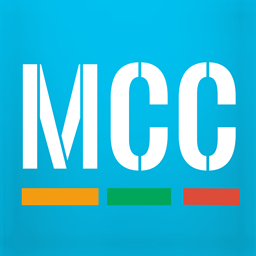

Your developer can do this in the theme with javascript alone, or there are apps that can help. This is usually done using a 'spot' rate and is only ever an approximation, even before fees.

Multi-currency Option 1: Estimated priceĪ very basic starting point is to have your currency switcher simply show an indication of the price in the selected currency. Now here are the 3 options for showing prices in different currencies to your customers. You may also want to introduce a warning for customers that are browsing a foreign currency or region, to let them know you have a local site, as below. We recommend that you use geo-IP detection to work out which country the customer is in so that you can route them to their most local site.
Multi-store, redirect you to the relevant store. Shopify Multi-currency, change the store to that currency. The above is a 'native' control but you can stylize your dropdown more, like these:Ĭlicking on the relevant currency will if you're using. A single-store with Shopify Payment’s multi-currencyĮither way, you should end up with a currency selector like this:. The recurring question each time is whether you go with: Multi-currency is the first of the 'multis' you need to do to go international on Shopify. So how do you sell in multiple currencies on Shopify? Not selling in a local currency is a big conversion killer. Now let's tackle each element of selling internationally. If you're using Shopify, it's important to note that the overhead of maintaining seperate stores is less than that of other e-commerce platforms and doesn't require large teams, either in terms of marketing or development resources. More flexible in terms of content, design, product offering, pricing etc.Ĭons: Every store would need it’s own apps and integrations, you need to sync content between stores and you need to be able to deploy theme development updates to all stores. Pros: Better SEO, as you have a store per region. The main drawback here is that you need to maintain several instances of your store. The pricing and checkout is in the base currency of that region e.g. With multi-region, you create a store instance for each currency, and each of these are hosted on a different url.Į.g. Pros: Simple, you only need one store which makes it easy to test new regions.Ĭons: Not all apps are compatible, price rounding (see below), you can't control the currency conversion, and pricing will fluctuate over time causing confusion for some repeat customers. In the background, you receive payments in your chosen currency because Shopify does the conversion for you. 
The user experience is slick - a customer can browse your store in a number of currencies and/or languages and add to cart. The 'if' is the big question, as there are a number of limitations, which we’ll get to below. The simplest solution is to use Shopify’s Multi-Currency product - if you can. With both, we are going to end up with international support but there are pros and cons of each. International and Shopifyįrom this point forward, we must make an important decision between two types of Shopify architecture. However, despite the globalised world we live in, there’s still a lot of complexity in selling internationally. The international brands using Shopify range from new start-ups that found success and scaled, to established enterprises looking to gain from the benefits of Shopify Plus.įor these growing brands, the prospect of going international is appealing.







 0 kommentar(er)
0 kommentar(er)
